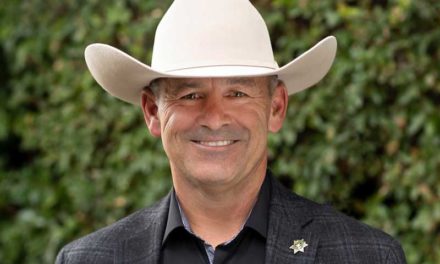PALM SPRINGS – Although the Palm Springs City Council has decided unanimously to switch to elections by districts as opposed to at-large elections, the move isn’t going to happen overnight.
The City Council will decide when the move takes effect, said City Manager David H. Ready. It could be 2019, or 2021.

David H. Ready
“Council will also be discussing when they will comply with another state law requiring city elections move to even number years,” Ready said. “Hence, it could all occur in a 2020 election.”
The cost associated with the move to district elections has yet to be determined, Ready said.
The five-member City Council will draw the districts — after a minimum of four public meetings, Ready said. However, he added, that councilmembers indicated they wanted to take up to six months to finalize the districts and have significantly more public meetings than required.
The move to districts is designed to empower more Latino residents to seek public office. Latinos make up approximately 25 percent of Palm Springs’ total population and about 16 percent of all voters, according to Ready.
There are currently no Latinos on the City Council — and no Latinos sought election in the most recent city race. All candidates were Caucasian. The current panel of elected city officials is comprised of two women and three men; all are Caucasian.
Palm Springs joins Indio and Cathedral City in moving to district elections. The Palm Springs Unified School District Board of Trustees and the College of the Desert Board of Trustees have also moved to district contests.
The move to district elections in Palm Springs was prompted by a letter that Palm Springs city leaders received in March alleging the city elections could be racially polarizing. The March 5 letter came from an attorney representing the Southwest Voter Registration Education Project and its members residing in Palm Springs alleging the city is in violation of the California Voting Rights Act due to its process of at-large elections instead of district elections to elect members of the City Council. The letter requested the City of Palm Springs switch to at-large elections or face judicial action.
The letter also alleges that the at-large election process has diminished the ability of Latino residents to impact elections and has resulted in racially polarized voting.
Most California cities with City Councils elected at-large, upon receipt of a Voting Rights violation notice, have chosen to voluntarily switch to districts. A few cities have chosen to fight this request. In one of the significant cases, the city of Palmdale, in 2012, lost and was ordered to switch to district elections. Palmdale paid millions in legal fees to plaintiff and defense counsel and had their districts drawn not by their City Council after input from their residents, but by plaintiff’s counsel. Recent changes in the law make it even more difficult to win these lawsuits than it was in 2012.
The Palm Springs City Council chose not to gamble on a costly lawsuit it could lose.
Whenever the voting-by-districts officially occurs, it won’t be the first time the community has voted by districts.
When the city was incorporated 80 years ago, in April 1938, members of the City Council were elected by wards, or districts, according to historical documents. In 1963, voters chose to change the process with the majority supporting at-large elections.
Now, with a decision to move back to district elections, history is indeed repeating itself.







